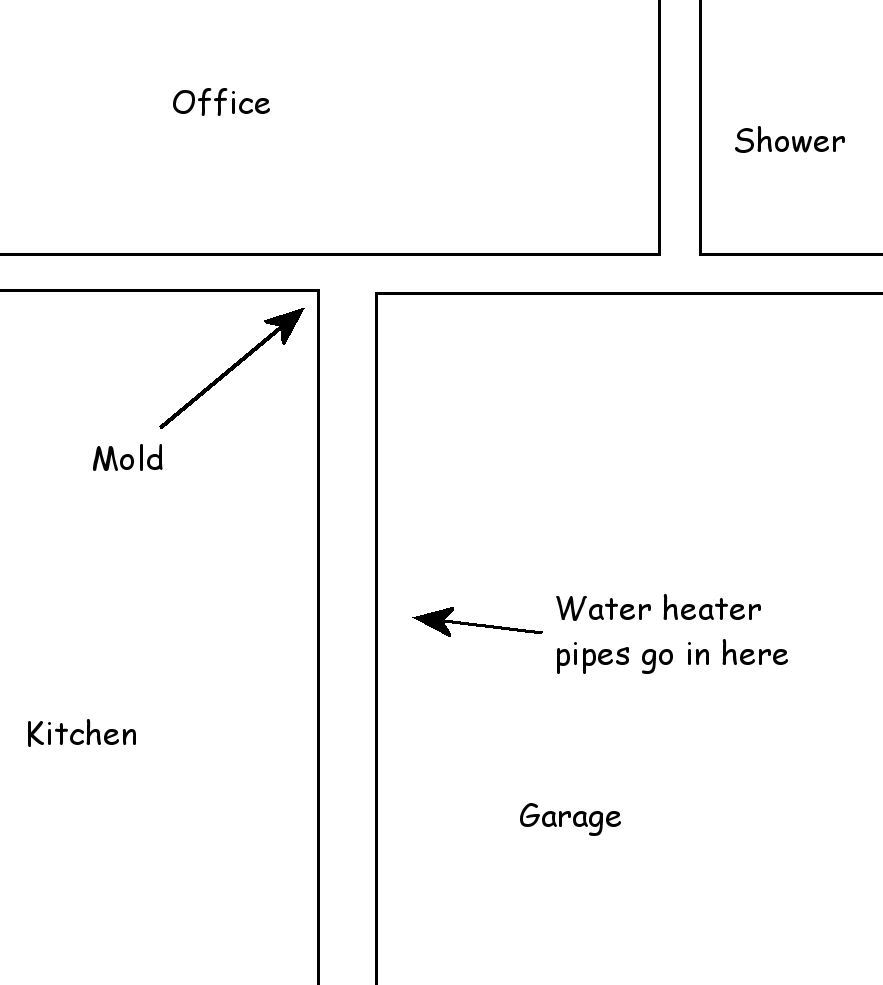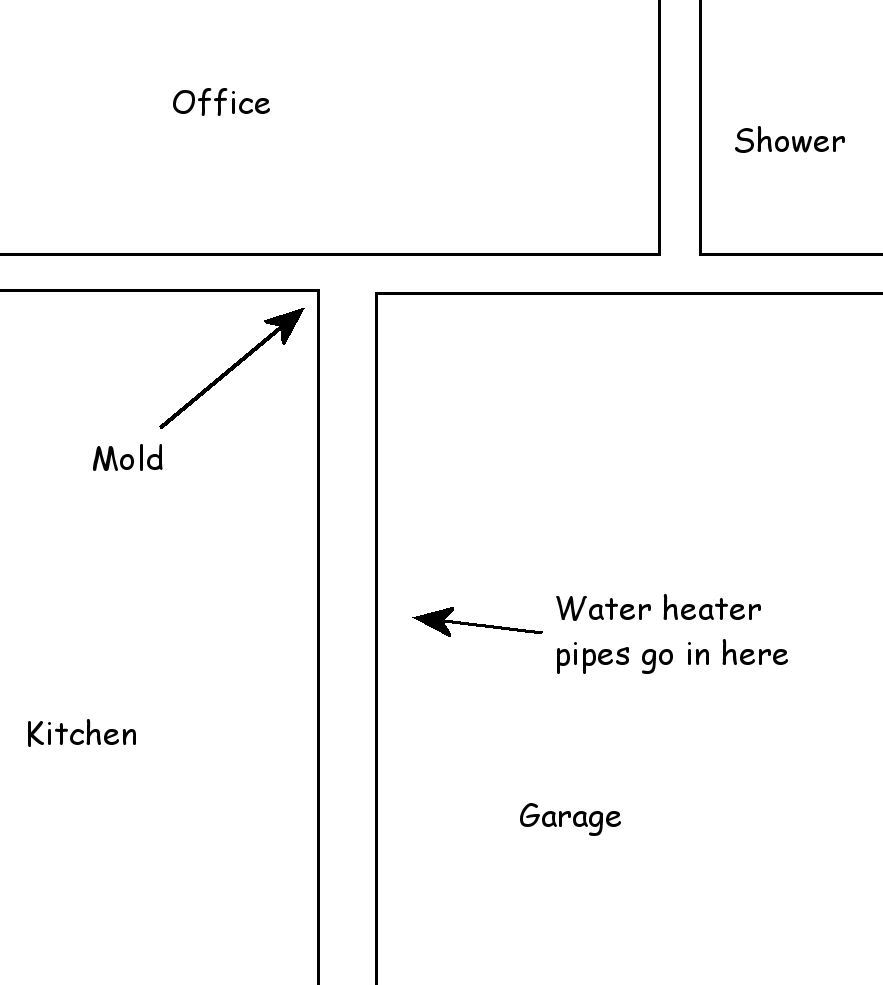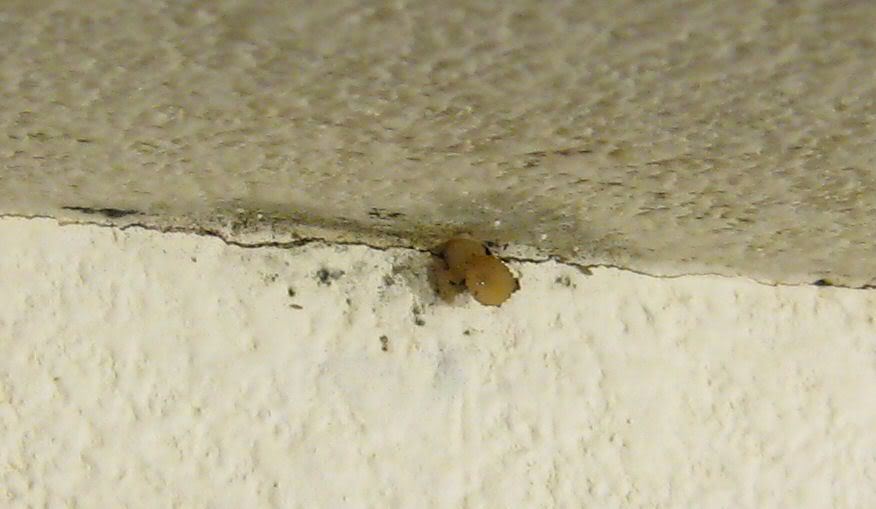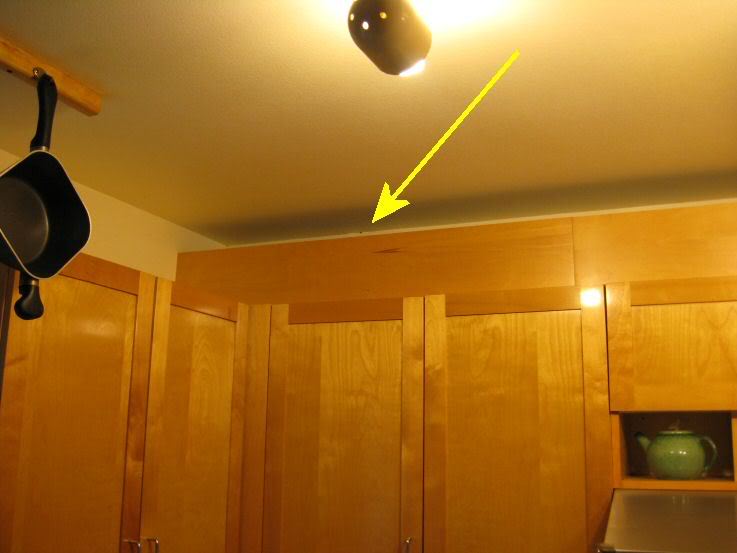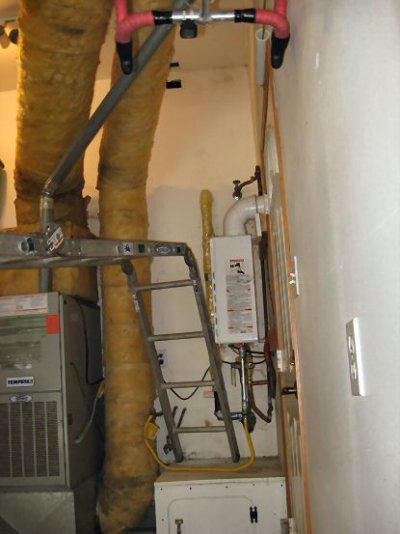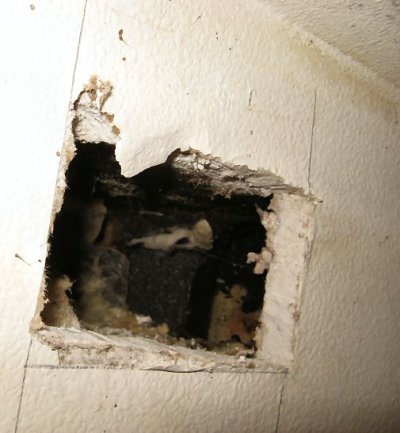TromboneAl
Give me a museum and I'll fill it. (Picasso) Give me a forum ...
- Joined
- Jun 30, 2006
- Messages
- 12,880
Our biggest problem in living near the ocean is high humidity and mold. I hesitate to post this, because I don't want people to think we live in a junky house, but the latest front on the mold war, is in the ceiling of the kitchen.
There's a tinyl hole where the ceiling meets the wall, and mold has developed and this weird alien thing is growing out the hole.
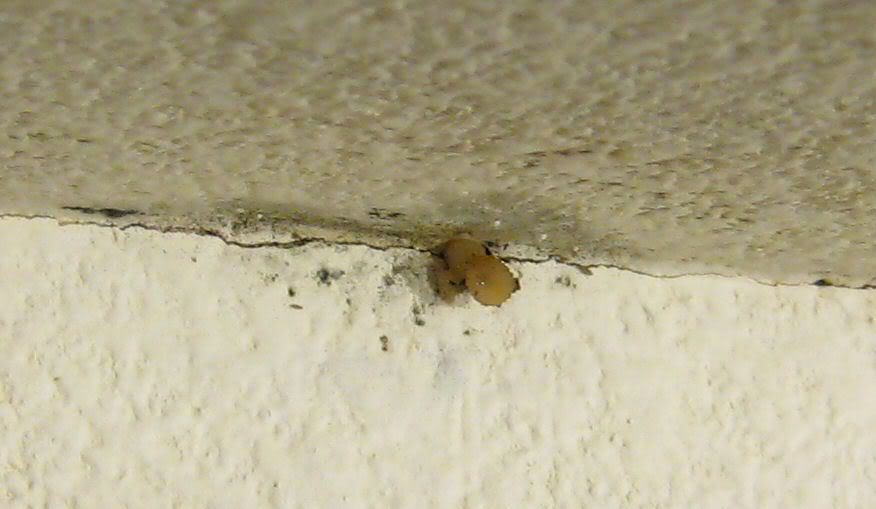
http://www.early-retirement.org/att...722530_1_ca0d839ab699303a085f4e751cc498f3.jpg
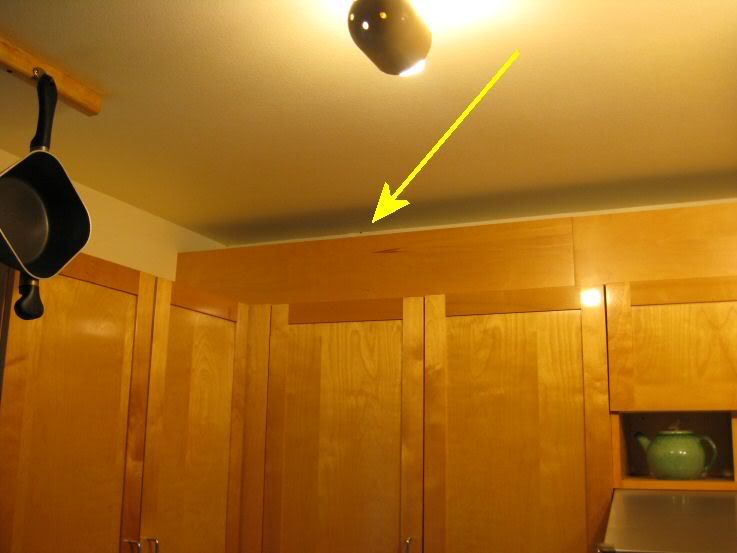
A month ago I broke it off, and cleaned with bleach, but now it's back. This wall is shared with the garage, and my office is above it.
My concern is that there's a leaky pipe in there. I think I will take off the sheetrock on the garage side and take a look.
Any advice?
There's a tinyl hole where the ceiling meets the wall, and mold has developed and this weird alien thing is growing out the hole.

http://www.early-retirement.org/att...722530_1_ca0d839ab699303a085f4e751cc498f3.jpg

A month ago I broke it off, and cleaned with bleach, but now it's back. This wall is shared with the garage, and my office is above it.
My concern is that there's a leaky pipe in there. I think I will take off the sheetrock on the garage side and take a look.
Any advice?

